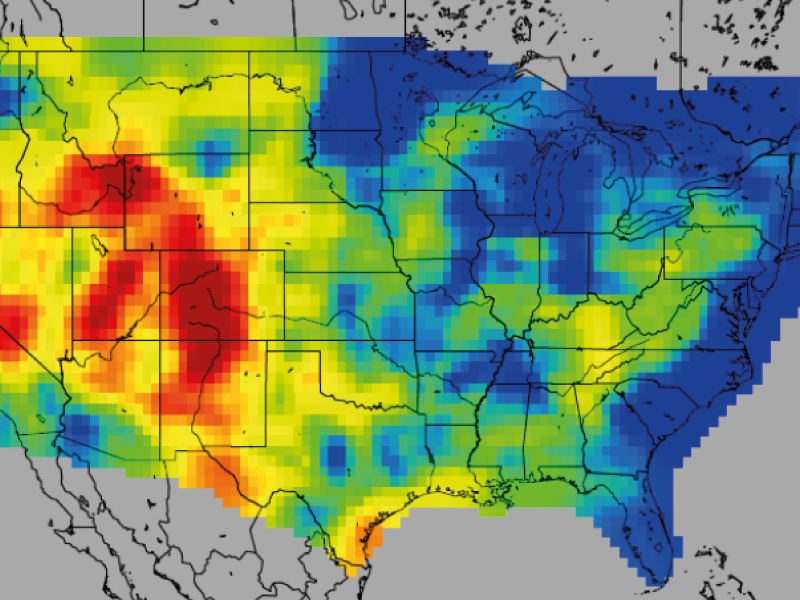The velocity of seismic waves in the Earth is controlled by the properties of the rock it is traveling through. By mapping variations in the velocity, then, we can indirectly learn something about the variations in physical properties of the Earth. Surface waves in particular are a useful tool for studying upper mantle structure. I will discuss the methods for making surface-wave phase-velocity measurements, and show results for the dense, high-quality data available in the contiguous United States. The maps produced from this data show interesting parallels with features observed from geology, gravity data, and lithospheric thickness, among others. I will contrast this study with ongoing projects examining the phase-velocity structure in southeast Asia and in central Canada. In both these places, data are much more limited. In Nepal and Bangladesh, we have installed instrumentation to increase the available data set. In Central Canada, I combine all available data sets and focus on the anisotropic velocity structure, to gain better understanding of the old, stable cratonic lithosphere in the region.
AGENDA YACHAY TECH

Surface-wave phase-velocity structure of the United States (and a few other places)

Anna Foster, Ph.D.
The velocity of seismic waves in the Earth is controlled by the properties of the rock it is traveling through. By mapping variations in the velocity, then, we can indirectly learn something about the variations in physical properties of the Earth. Surface waves in particular are a useful tool for studying upper mantle structure. I will discuss the methods for making surface-wave phase-velocity measurements, and show results for the dense, high-quality data available in the contiguous United States. The maps produced from this data show interesting parallels with features observed from geology, gravity data, and lithospheric thickness, among others. I will contrast this study with ongoing projects examining the phase-velocity structure in southeast Asia and in central Canada. In both these places, data are much more limited. In Nepal and Bangladesh, we have installed instrumentation to increase the available data set. In Central Canada, I combine all available data sets and focus on the anisotropic velocity structure, to gain better understanding of the old, stable cratonic lithosphere in the region.